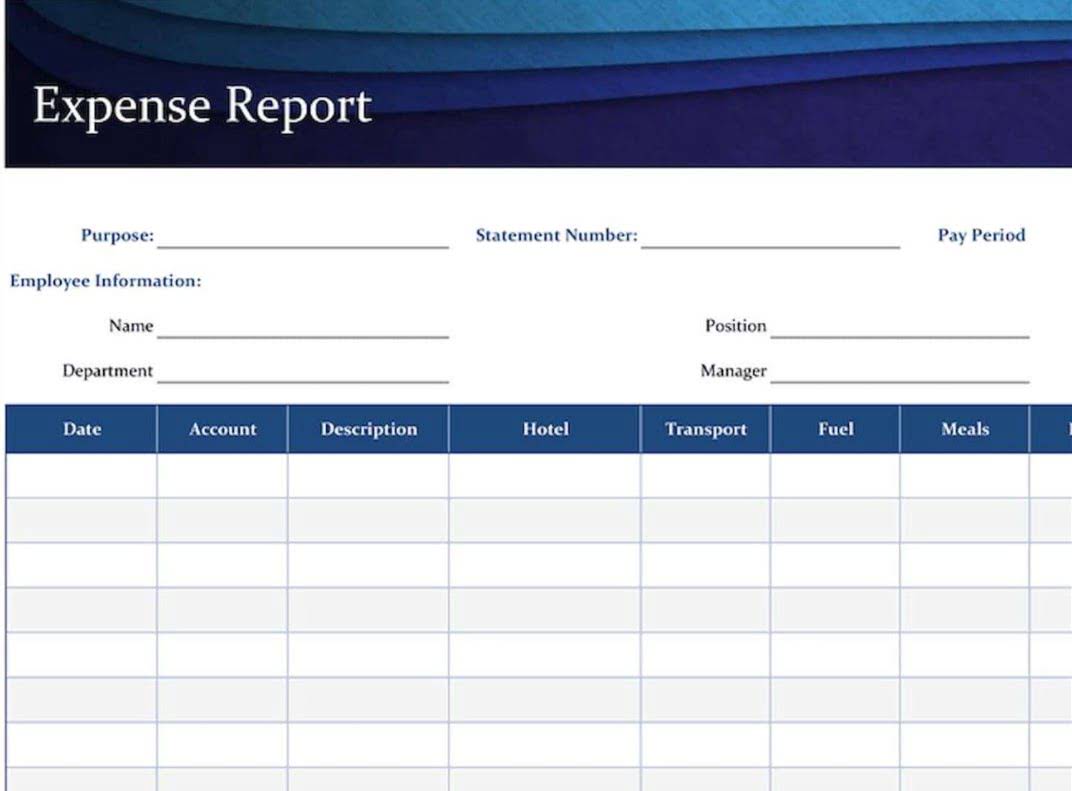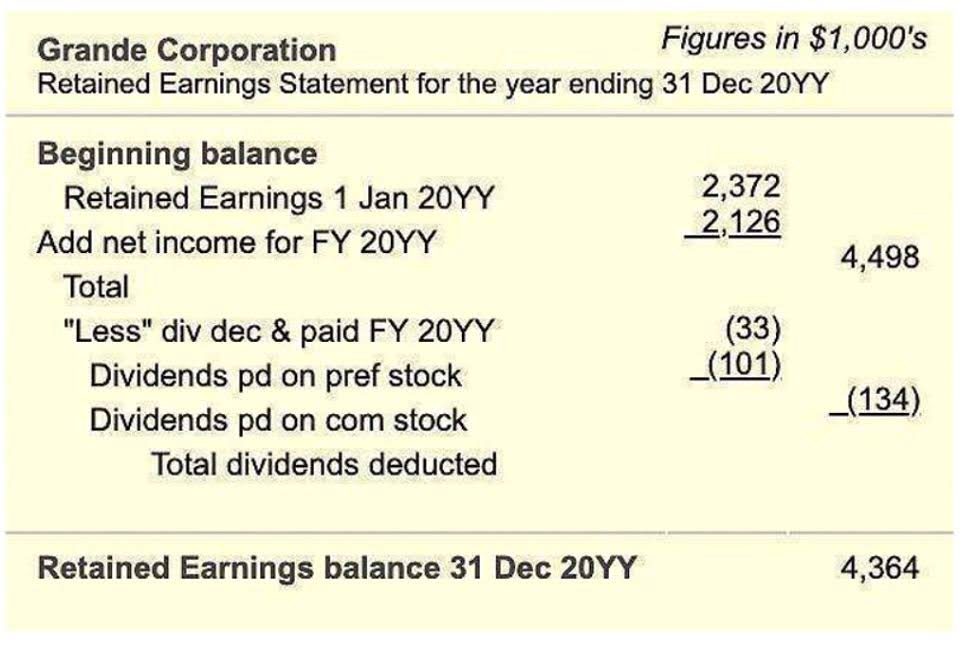
The carrying value of an asset as it is being depreciated is its historical cost minus accumulated depreciation to date. Depreciation, on the other hand, is the systematic allocation of the cost of an asset over its useful life. It is a method of recognizing the decline in value and the wear and tear of an asset over time. Depreciation expense is reported on the income statement and reduces the value of the asset on the balance sheet. Imagine you are an employee of a mid-sized company tasked with evaluating the financial viability of a major equipment upgrade. The current machinery, after years of service, is approaching the end of its useful life.
How Does the Salvage Value Calculator Beneficial?
Here, the depreciation rate is the percentage of the asset’s cost that is depreciated each year, and the useful life of the asset is measured in years. The second field is for the “Annual Depreciation Rate (%).” This is the percentage by which the asset’s value decreases each https://www.bookstime.com/ year. Different assets have different depreciation rates based on their expected lifespan and usage. For instance, if your asset depreciates by 10% each year, enter 10 in this field.

The Importance of Asset Revaluation in Manufacturing

When businesses buy fixed assets — machinery, cars, or other equipment that lasts more than one year — you need to consider its salvage value, also called its residual value. First, companies can take a percentage of the original cost as the salvage value. Third, companies can use historical data and comparables to determine a value. To appropriately depreciate these assets, the company would depreciate the net of the cost and salvage value over the useful life of the assets. If the assets have a useful life of seven years, the company would depreciate the assets by $30,000 each year.

Calculating Salvage Value
- To determine the residual value of an asset, you must consider the estimated amount that the asset’s owner would earn by selling the asset (minus any costs that might be incurred during the disposal).
- When calculating depreciation in your balance sheet, an asset’s salvage value is subtracted from its initial cost to determine total depreciation over the asset’s useful life.
- A depreciation schedule helps you with mapping out monthly or yearly depreciation.
- For example, if an asset has a cost of $10,000 and a useful life of 5 years, the straight-line rate would be $2,000 per year.
- A company uses salvage value to estimate and calculate depreciation as salvage value is deducted from the asset’s original cost.
- The units of production method is appropriate for assets that are mainly used based on its output or production levels, such as machinery.
- The salvage or the residual value is the book value of an asset after all the depreciation has been fully expired.
You’re faced with the decision of whether to sell it or keep it until it becomes obsolete. To make an informed choice, https://www.facebook.com/BooksTimeInc/ you need to calculate the after-tax salvage value of the equipment, which will significantly impact your company’s financial statements and tax liabilities. This guide aims to demystify the concept of after-tax salvage value, illustrating its importance in financial decision-making and providing a step-by-step process to calculate it accurately. In both methods, the salvage value plays a critical role in determining the annual depreciation expense. When calculating depreciation in your balance sheet, an asset’s salvage value is subtracted from its initial cost to determine total depreciation over the asset’s useful life.
IRS Asset Depreciation Guidelines
- Accountants use several methods to depreciate assets, including the straight-line basis, declining balance method, and units of production method.
- Of course, like traditional investments, it is important to remember that alternatives also entail a degree of risk.
- When calculating depreciation, an asset’s salvage value is subtracted from its initial cost to determine total depreciation over the asset’s useful life.
- Management must periodically reevaluate the estimated value of the asset as asset deterioration, obsolescence, or changes in market preference may reduce the salvage value.
- If the residual value assumption is set as zero, then the depreciation expense each year will be higher, and the tax benefits from depreciation will be fully maximized.
In the following sections, we will explore the exact meaning of salvage value and delve into its relevance in business operations. A vehicle is determined to be a total loss when the insurance company determines that the cost to repair the vehicle approaches or exceeds the actual cash value of the vehicle itself. When calculating depreciation, an asset’s salvage value is subtracted from its initial cost to determine total depreciation over the asset’s useful life. From there, accountants have several options to calculate each year’s depreciation.
How to Calculate After Tax Salvage Value: A Complete Guide
In accounting, owner’s equity is the residual net assets after the deduction of liabilities. In the field of mathematics, specifically in regression analysis, the residual value is found by subtracting the predicted value from the observed or measured value. If we imagine that this value would be nil, there would be no chance of any reduction in depreciation.

This means that of the $250,000 the company paid, the company expects to recover $40,000 at the end of the useful life. Hence, a car with even a couple of miles driven on it tends to lose a significant percentage of its initial value the moment it becomes salvage value calculation a “used” car. Under straight-line depreciation, the asset’s value is reduced in equal increments per year until reaching a residual value of zero by the end of its useful life.
- Starting from the original cost of purchase, we must deduct the product of the annual depreciation expense and the number of years.
- Simply put, when we deduct the depreciation of the machinery from its original cost, we get the salvage value.
- Manufacturing and EquipmentIn manufacturing, machinery often has a significant salvage value, impacting budgeting and investment decisions.
- Deskera ERP provides comprehensive asset management features that streamline the tracking, depreciation, and eventual disposal of assets.
- That’s why it’s wiser to go for zero value while applying depreciation on the asset.
What Is an Asset’s Salvage Value?
For example, the double-declining balance method suits new cars well since they tend to lose a significant amount of value in the first couple of years. Unlike the other methods, the double-declining balance method doesn’t use salvage value in its calculation. The Internal Revenue Service (IRS) uses a proprietary depreciation method called the Modified Accelerated Cost Recovery System (MACRS), which does not incorporate salvage values. When salvage value changes, it may cause a change in the amount of depreciation expense you can deduct.